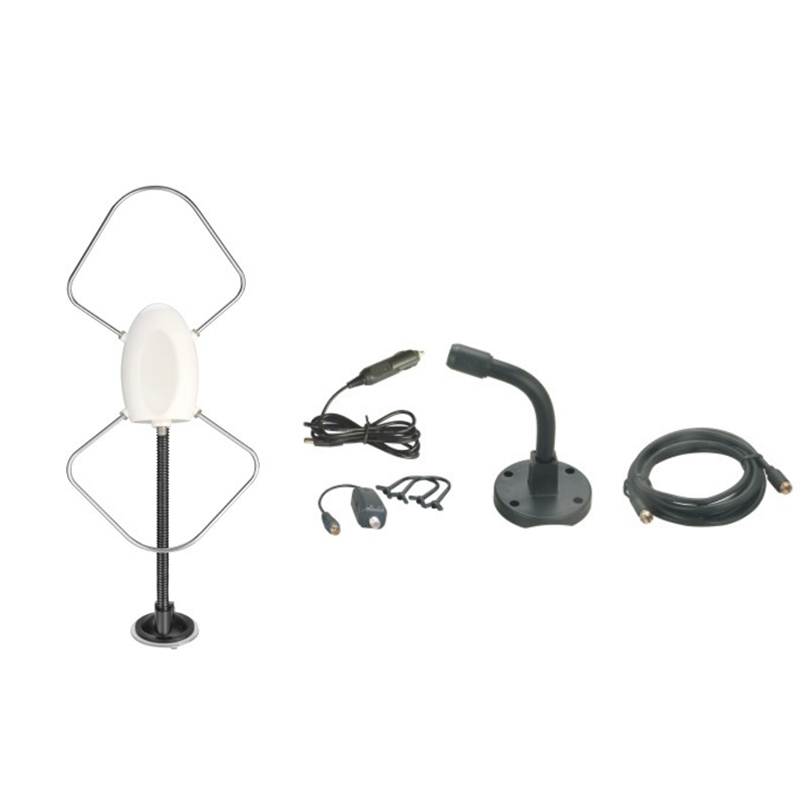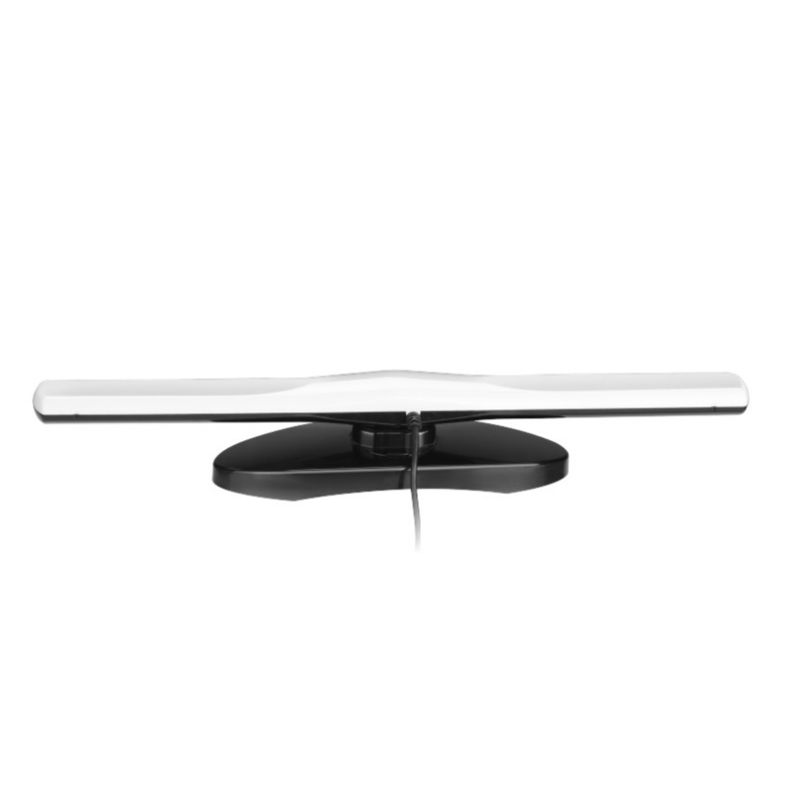Frequency range: 26.5- 28MHz SWR: ≤1.2:1 Max. power: 35W continuous 250W Short time Bandwidth at S.W.R. 2:1: 1900KHz Impedance: 50ohm Whip length: 1200mm Adjustment: 0~90° Cable Length: RG58/157" Po...
See DetailsHow to optimize the performance of CB Antenna through polarization technology in a multipath interference environment?
In wireless communication systems, CB Antenna is a key component, and its performance directly affects the quality and efficiency of communication. However, in a complex wireless communication environment, especially in the presence of multipath interference, the performance of CB Antenna will be seriously challenged.
Multipath interference is a common phenomenon in wireless communication, which refers to the phenomenon that during the transmission of wireless signals, due to obstacles such as buildings and terrain, the signal reaches the receiving end through multiple paths. The lengths and transmission conditions of these paths are different, which makes the received signals different in phase, amplitude and polarization direction, thus causing interference.
Due to the multipath effect, the signal will be scattered and absorbed during the transmission process, resulting in the weakening of signal energy and the reduction of signal strength received by the receiving end. This attenuation will directly affect the receiving and transmitting performance of CB Antenna and reduce the communication quality; multipath interference will cause problems such as signal distortion and delay expansion, which will reduce the communication quality and affect the voice quality and data transmission efficiency. In CB communication, this may lead to problems such as poor communication and increased bit error rate; in a multipath interference environment, signals on different paths may have different polarization directions. If the polarization directions of the transmitting antenna and the receiving antenna do not match, the signal attenuation will increase, further reducing the communication quality.
In order to solve the impact of multipath interference on the performance of CB Antenna, polarization technology can be used to optimize the performance of the antenna. Polarization technology refers to adjusting the polarization direction of the antenna to match the polarization direction of the signal, thereby reducing signal attenuation and improving communication quality. Polarization matching technology is a technology that adjusts the polarization directions of the transmitting antenna and the receiving antenna to match them as much as possible. In practical applications, the polarization characteristics of the signal in a multipath interference environment are analyzed through testing and simulation methods; according to the analysis results, the polarization directions of the transmitting antenna and the receiving antenna are adjusted to match the polarization direction of the signal as much as possible; by real-time monitoring of communication quality, and adjusting the polarization direction of the antenna as needed to maintain the communication effect; polarization matching technology can significantly reduce signal attenuation caused by polarization mismatch and improve the reliability and stability of communication. Especially in an environment with severe multipath interference, polarization matching technology can play a greater role; circularly polarized antenna is an antenna that can receive and send linearly polarized signals in any direction. Using circularly polarized antennas can reduce signal attenuation caused by polarization mismatch and improve communication reliability and stability.
In CB communication, circularly polarized antennas are particularly suitable for environments with severe multipath interference. Since circularly polarized antennas can receive signals from multiple directions, they can make full use of the advantages of multipath signals to improve the signal-to-noise ratio and communication quality of received signals; polarization diversity technology is a technology that uses antennas with different polarization directions to receive or send signals. By using two or more antennas with different polarization directions at the receiving end, signals from multiple paths can be received and combined into one signal through signal processing algorithms; polarization diversity technology can make full use of the advantages of multipath signals to improve the signal-to-noise ratio and communication quality of received signals. In CB communication, polarization diversity technology is particularly suitable for application scenarios that require high reliability and stability, such as emergency communications, public safety, etc.
Multipath interference is one of the common challenges in wireless communications and has a serious impact on the performance of CB Antenna. By using polarization technology to optimize the performance of the antenna, signal attenuation can be significantly reduced and the reliability and stability of communication can be improved. Technologies such as polarization matching, circularly polarized antennas, and polarization diversity are effective means to solve the problem of multipath interference. In practical applications, the appropriate polarization technology can be selected according to the specific communication environment and requirements, and combined with other technologies such as automatic gain control and frequency adjustment to further improve the performance and communication quality of the CB Antenna.

 English
English Español
Español













Contact Us